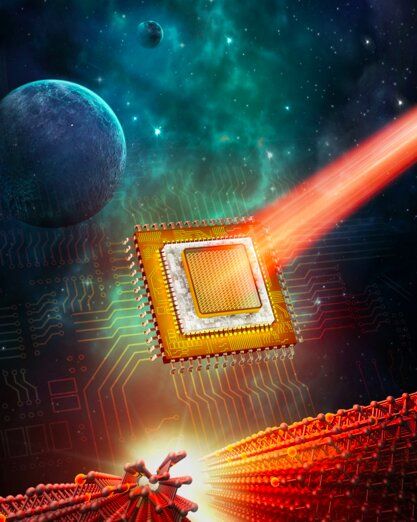High dark current can significantly impair the performance of infrared photodetectors, devices that can detect photons in the form of infrared radiation. For many years, most solutions for blocking dark current used the electric field inside the detectors.
Researchers at the Chinese Academy of Sciences recently devised an alternative solution to suppress dark current in photodetectors, which is based on the use of van der Waals (vdW) heterostructures. In a paper published in Nature Electronics, they presented visible and mid-wavelength infrared unipolar barrier photodetectors made of band-engineered vdW heterostructures.
“Since Bell Labs produced the Si-based PN junction in 1935, using the built-in electric field in the depletion region has become the main technical route to block dark current,” Weida Hu and Peng Zhou, two of the researchers who carried out the study, told Tech Xplore via email. “In traditional PN junctional infrared photodetectors, the high Shockley-read-Hall (SRH) recombination and surface recombination in the depletion region seriously limit the suppression of dark current. In response to these issues, engineers introduced a new device structure beyond the PN junction, namely the unipolar barrier structure.”
